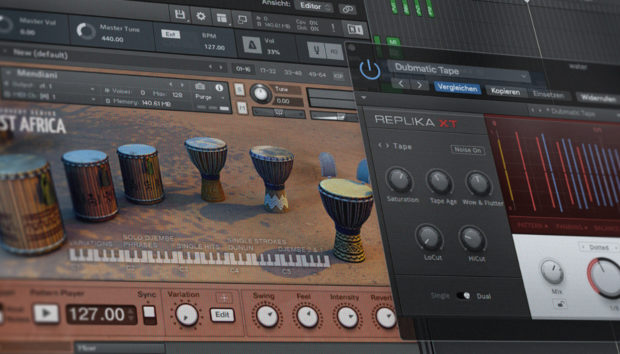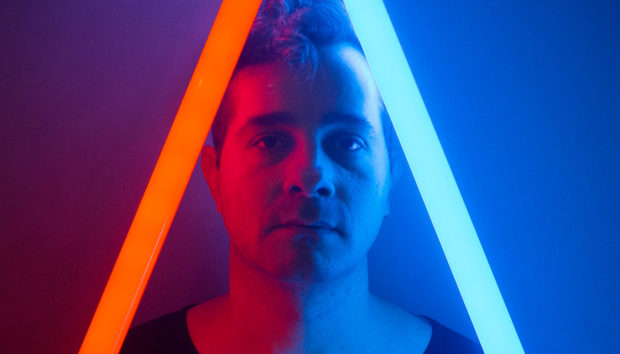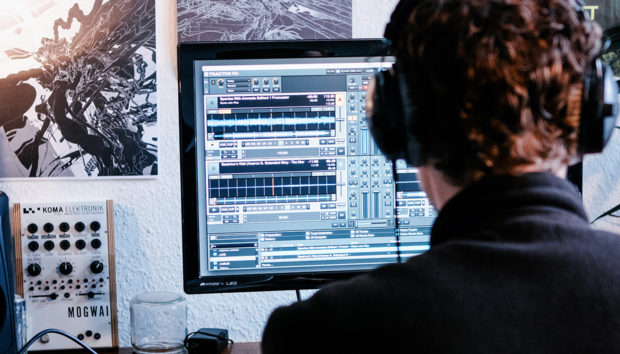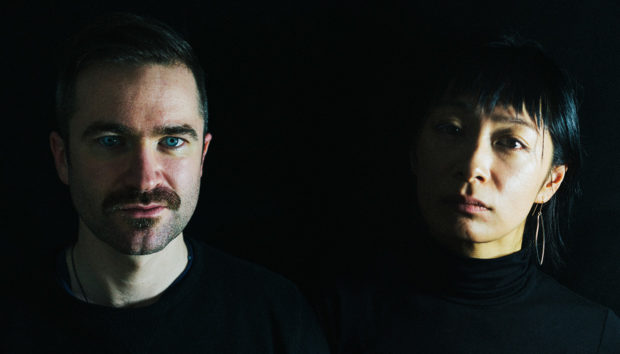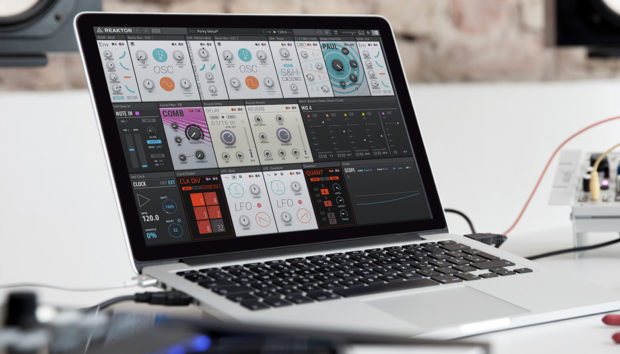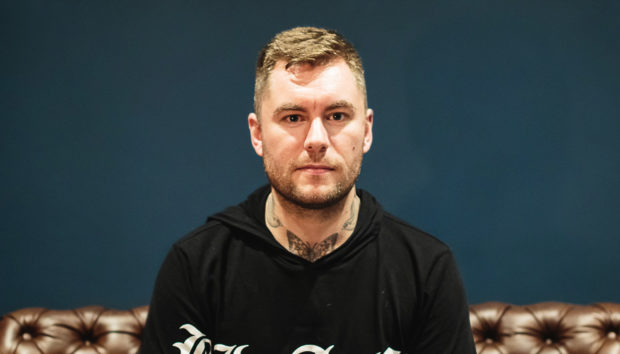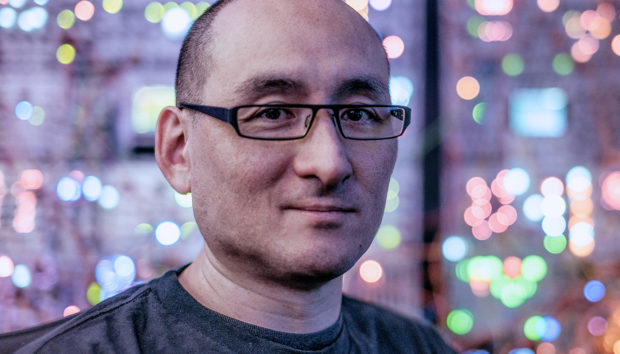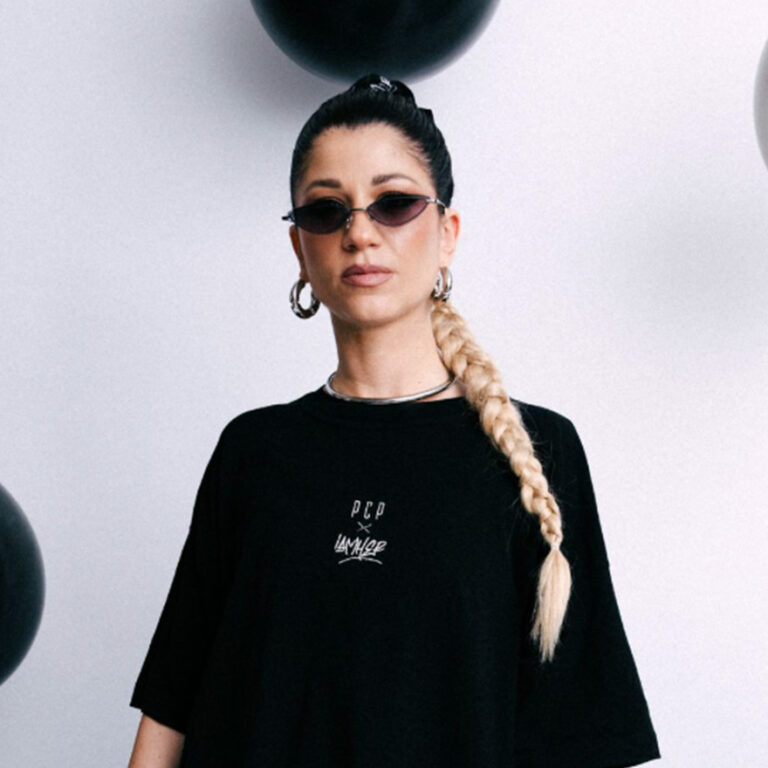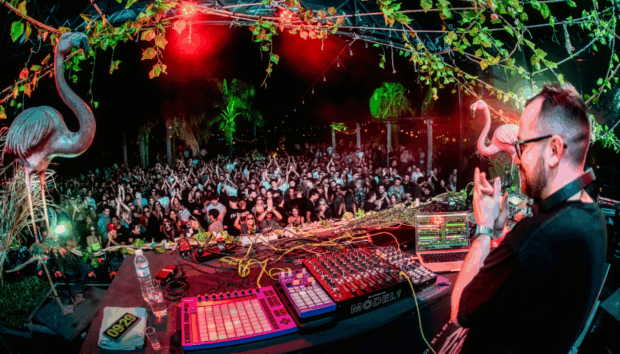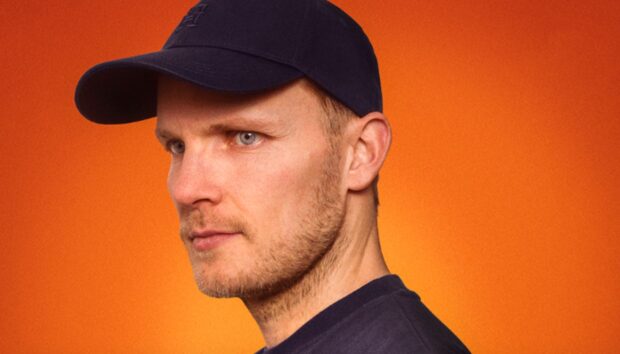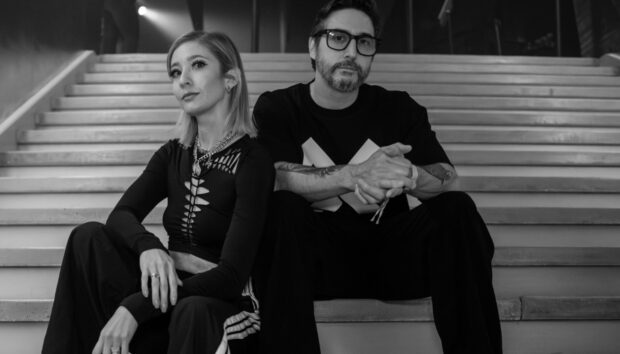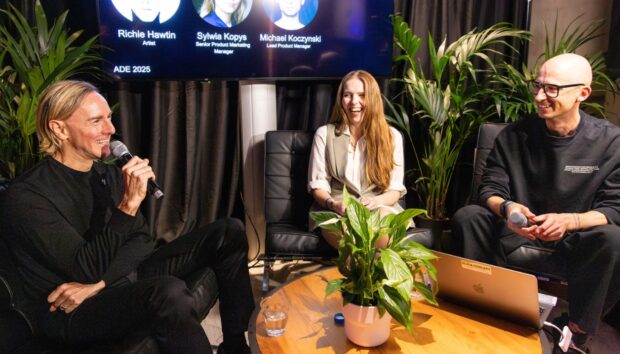Kiki Botonaki has spent the last decade building a name as one of Greece’s most trusted voices in underground electronic music. Between her radio show and club presence, she’s created a steady platform for her distinct approach to Afro house and melodic deep house. Her latest release, “I Know What Love Is,” arrives on Fiona Kraft’s Non Merci Music and adds another strong entry to her catalog of hypnotic, soul-soaked grooves.
In this interview, she walks us through how Massive remains central to her process. Her patch-building approach prioritizes warmth, subtle motion, and clarity, producing sounds that feel personal while still ready for the club.
From oscillator habits to modulation chains, her workflow within Massive reflects years of careful refinement and perfection. This is less about chasing trends and more about learning to trust your own voice through one synth at a time.
Jump to these sections:
- How Kiki shapes her foundational tone inside Massive
- Approaching presets like raw material
- Building sonic identity to stand out and get booked
- Balancing consistency with growth in sound design
- Staying creatively inspired after years with the same synth
- The most valuable lesson Massive taught her about depth
Kiki’s workflow demonstrates how selecting a primary synth, such as Massive, and committing to it can accelerate your growth. It becomes a familiar space where each parameter starts to reflect your decisions and identity more clearly.
So now, let’s get into the interview.
When you open Massive, what are the first parameters or sections you tend to reach for that help you get “your” sound?
When I open Massive, I almost instinctively start by shaping the oscillators. Usually, the first and the second oscillators are enough for me to play with.
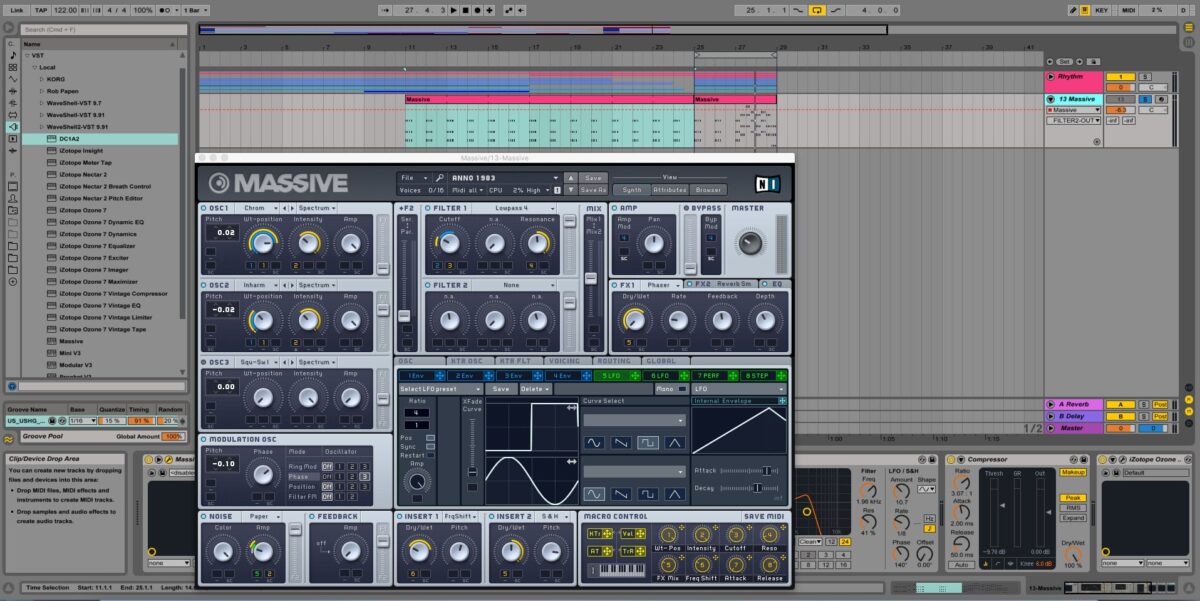
For my style of house, I’m looking for something warm but also hypnotic. I then dive into the filter section pretty quickly, because that’s where I can define how deep or upfront the sound feels. A slightly driven low-pass or a mixed filter mode can instantly give me that deep, pulsing energy I love.
From there, the modulation section is where I feel my sound starts to breathe. Assigning envelopes or LFOs to multiple parameters at once creates evolving patterns that mirror the rhythmic complexity I want to deliver. Even before I think about effects, I want the raw oscillators and filters to tell a story.
Pro tip from Kiki Botonaki: Get the basic elements of your patch sounding great before moving on to effects and modulation.
How do you approach creating patches that sound uniquely yours, even if you start from a preset?
If I start from a preset, I treat it raw. The first thing I do is strip away elements that feel too obvious, maybe a stock reverb or a filter movement that I’ve heard a hundred times before. Then I rebuild the modulation, so the patch moves in a rhythm that matches my groove. Sometimes I’ll reassign LFO speeds to create off-beat effects, which is very much part of the genre I produce.
I also like to layer detuned oscillators that add imperfection and warmth. Even if the preset has a good foundation, my identity is in the small details – the way the filter opens, the automations on specific modules, etc.
Pro tip from Kiki Botonaki: Layer noise color under synth elements to add warmth and realism.
In your view, how much does having a recognizable sonic identity influence an artist’s ability to stand out and get booked or signed?
In my experience, sonic identity is everything. There are so many talented producers making technically flawless tracks, but the ones who stay in your memory are the ones whose sound you recognize within the first few bars. That’s the core of my house music style, and my main goal is that when people hear it, they instantly recognize it as mine without needing to check the playlist.
From an industry standpoint, that identity makes promoters and labels more confident in how to position you.
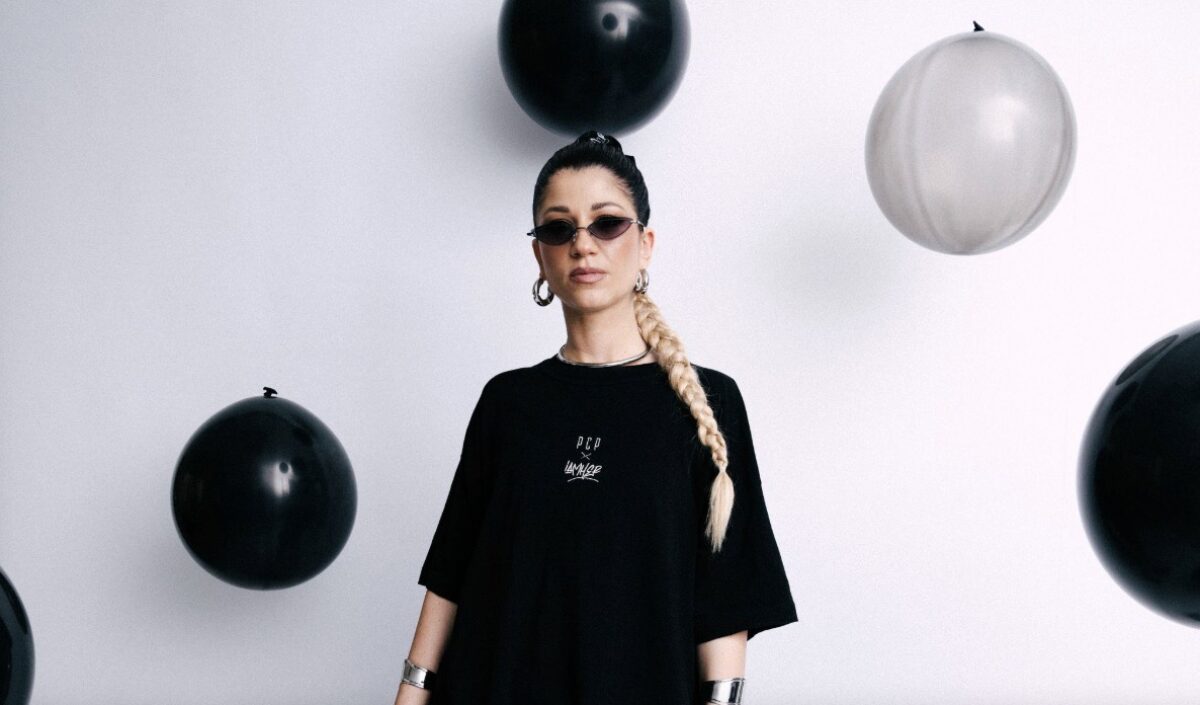
They know exactly what kind of atmosphere you can bring to a lineup. Once people connect with your signature sound, they’ll follow you through whatever creative twists you decide to explore next.
Pro tip from Kiki Botonaki: Experiment with LFO time divisions to create hypnotic house rhythms.
When developing your sound, how do you strike a balance between maintaining consistency and leaving room for growth and experimentation?
I maintain certain elements, such as my rhythms, textures, and overall vibe, so that my music has a distinct identity. At the same time, I always leave space to try new things, whether that’s experimenting with a different synth technique, exploring new scales, or collaborating with other musicians.
This balance helps me stay true to my sound while still growing and keeping things fresh.
Massive is great for this because you can save your favorite building blocks, oscillator setups, and modulation chains, and then add new ingredients. I might take a bass patch I’ve used for years and completely change the wavetable or introduce new modulations, but keep the same rhythmic envelope shape.
That way, the style remains consistent, but the expression continues to evolve.
Pro tip from Kiki Botonaki: Automate the dry/wet mix on effects rather than just the effect parameters. It can create more dramatic transitions.
How do you stay inspired when working with the same core tool for many years?
I treat Massive less like a single instrument and more like a universe of instruments waiting to be discovered. After years of using it, I’ve learned that small shifts in how you approach it can open completely new creative doors.
Sometimes I’ll limit myself to one oscillator type and see how far I can push it with small changes here and there. Other times, I’ll design patches using various filter types or by routing modulation in ways I’ve never tried before.
Pro tip from Kiki Botonaki: Keep a personal library of your favorite oscillator, filter, and modulation combinations for quick inspiration.
What’s the most valuable lesson Massive has taught you about sound design in general?

Massive has taught me that complexity isn’t the same as depth.
Early on, great patches had to use every oscillator, every effect. Over time, I realized the most powerful sounds are often the simplest, but with every parameter deeply considered. It’s about intention, deciding why a filter is moving the way it is, rather than adding elements just to fill space.
A patch is never truly done. It’s a moment in time, and tomorrow you might hear it differently. This mindset keeps me curious, because every time I open Massive, I’m not just making a sound – I’m discovering something about my own musical voice.
Pro tip from Kiki Botonaki: Resample your Massive patches into audio and process them further. Sometimes the magic happens after you leave the synth.
Wrapping it all up
Big thanks to Kiki for sharing her approach to Massive and how she’s continued to evolve her sound without losing the emotional foundation it’s built on. “I Know What Love Is” offers a snapshot of that process in motion, both rhythmic and personal, tied together through subtle filter shapes and thoughtful modulation.
Whether you’re just starting out in sound design or refining your voice inside a single plugin, Kiki’s approach is proof that depth comes from focus. You don’t need a dozen synths to stand out, you need one that makes sense in your hands.
